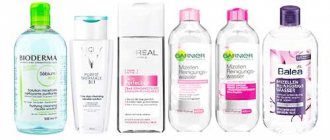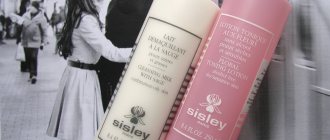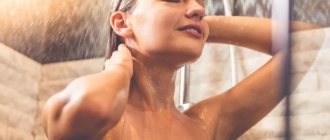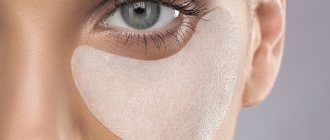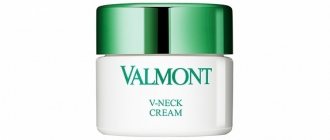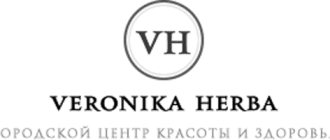Micellar water is a very popular beauty product, and most of you probably have a bottle of micellar water at home and maybe even use it every day.
Micellar water is often recommended by the manufacturer as a facial cleanser that does not require rinsing. However, most experts say the opposite.
- Benefit or harm
- 3 types of micellar water (Yulia Gagarina)
- Micellar water - to rinse or not to rinse? (Tiina Orasmäe-Meder)
- Inspection of micellar water from the mass market
- Verdict - it’s better to wash off any micellar water!
Watch video on YouTube:
Benefit or harm
I want to immediately reassure those who are already prepared to hear that micellar water is EVIL and can ruin your skin in a matter of days.
Micellar water itself is not Evil, you can even say that it is Good, especially in extreme situations. But the way manufacturers and marketers recommend using micellar water is often truly evil.
This evil lies in the fact that on most micellar water labels you can find a recommendation: do not rinse off, does not require rinsing . Moreover, both in Russian and in other languages.
In addition, somewhere next to this inscription there is usually a note: “Approved by dermatologists and ophthalmologists.”
Moreover, already in the reference literature for cosmetologists, in the description of micellar water, I came across a remark - it does not require rinsing and subsequent toning. But this particular recommendation is very controversial and can cause real harm to your skin.
To clarify the situation and dot the i's, in this article I will express not only my opinion as a practicing cosmetologist, but also give the opinion of experts who kindly agreed to comment on the situation with micellar water for the Cosmetologist.net website.
They say that all cleansers are the same in composition. This is true?
Almost. They always contain a cleansing component, otherwise the product will not clean anything.
This component is called a surfactant, but more often you can find a synonym for surfactant - surfactant. Its main function is to make the dirty clean.
Surfactant can be compared to a sewing pin. This is a needle with a colored ball at the end. The color head is the hydrophilic part of the surfactant. She loves water and attracts it to herself, but repels fat. The needle itself is a lipophilic tail. It attracts fat and repels water.
Anna Guridova / Burning Hut
Surfactants are found in any cleanser, as well as in gels for washing and cleaning surfaces. While the product is in the bottle, the “needles” in it are arranged randomly. But as soon as they get into the water, they turn into micelles (that's where the name micellar comes from!).
Micelles are the same molecules, only in a different position. The “needles” are turned over and grouped into balls. In the center of each ball there are heads that attract water, and at the edges there are tails that catch fat.
Have you ever tried to wash a plate without a cleaning product? Water alone does not remove food residues, but once you connect a sponge with a drop of product, the dishes become clean. Surfactants attract fat and are then washed off together with water.
Cleansers also work well with cosmetics. That's all the magic.
Micellar water - to rinse or not to rinse?
I'm far from thinking that this is simple forgetfulness
